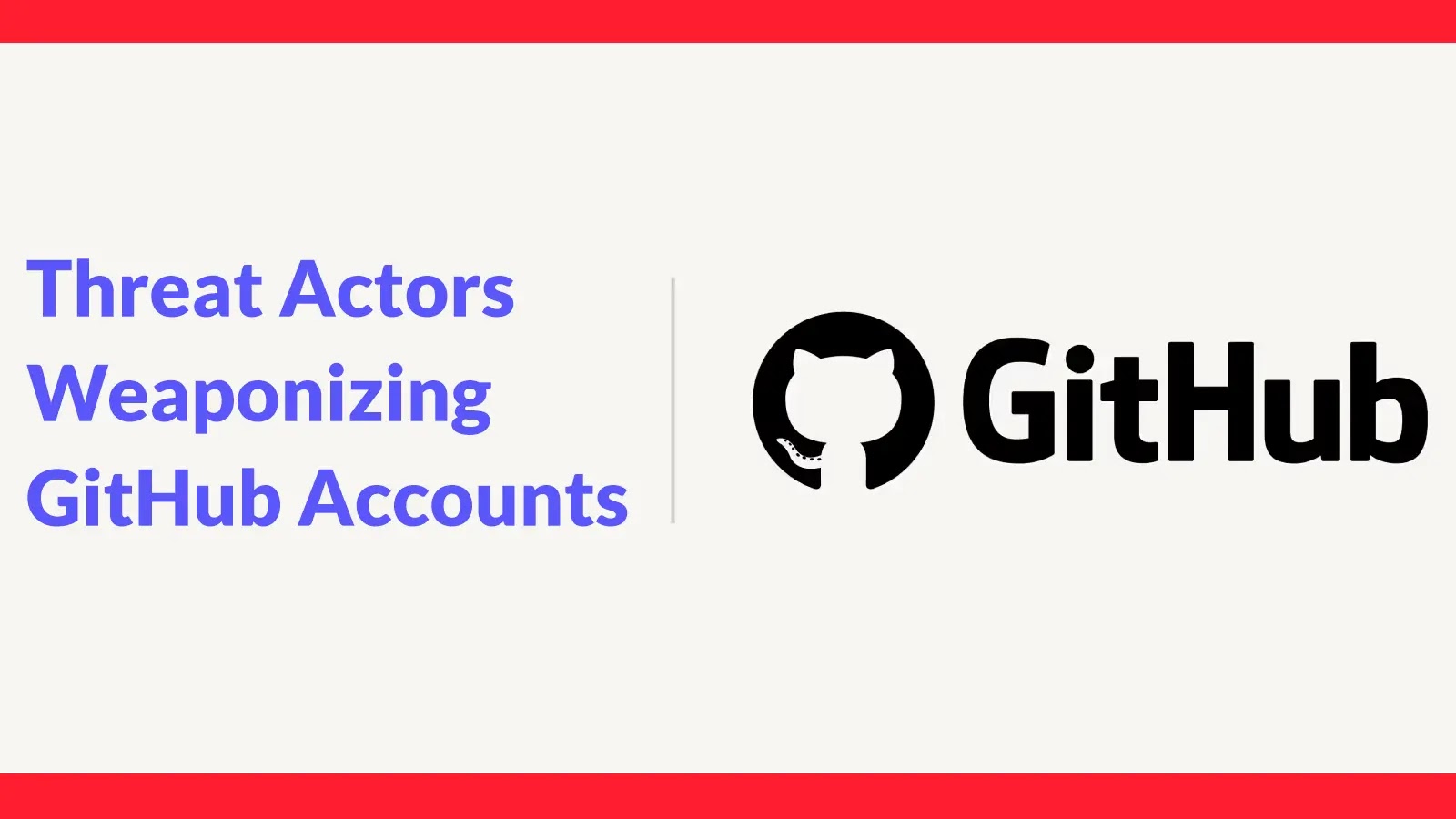
Threat Actors Weaponizing GitHub Accounts To Host Payloads, Tools and Amadey Malware Plug-Ins
The cybersecurity landscape is constantly shifting, with malicious actors continually refining their tactics. A recent and particularly insidious development involves threat actors weaponizing GitHub, a platform trusted by millions of developers and organizations worldwide, to host and distribute their malicious payloads. This represents a significant escalation in cybercriminal methodology, bypassing traditional security controls and capitalizing on an unchallenged vector of trust.
The Evolution of Malware Distribution: Leveraging Trust
For years, threat actors have sought novel ways to deliver malware to their targets. From phishing emails with malicious attachments to compromised websites, the goal remains the same: infiltrate systems and achieve illicit objectives. However, the emergence of a sophisticated Malware-as-a-Service (MaaS) operation that exploits GitHub’s infrastructure marks a critical pivot. By leveraging fake GitHub accounts, adversaries are now hosting a diverse arsenal of tools, plugins, and payloads, masquerading as legitimate developer activity.
The core of this strategy hinges on GitHub’s ubiquitous presence within corporate environments. Its widespread use for version control, collaboration, and open-source projects has granted it a high level of trust among IT professionals and security systems. This inherent trust often allows GitHub traffic to bypass conventional web filtering mechanisms, providing a clear, unimpeded path for malicious downloads. This exploits a fundamental assumption in many network security policies: if it comes from GitHub, it’s probably legitimate.
Amadey Malware Plug-Ins: A Key Component
Among the payloads identified in this campaign are plug-ins for the Amadey malware. Amadey is a well-known botnet widely used for various malicious activities, including information stealing, cryptocurrency mining, and deploying other malware. Its modular nature allows threat actors to easily extend its capabilities through plug-ins, custom-tailored for specific functions or to evade detection. The distribution of these plug-ins directly from GitHub accounts streamlines the deployment process for threat actors, enabling rapid adaptation and expansion of their illicit operations.
Implications for Organizations and Developers
This evolving threat poses significant challenges. Organizations that rely heavily on GitHub for their development workflows now face a heightened risk. The lines between legitimate and malicious activity on the platform are blurring, making it more difficult to discern genuine code from harmful content. Developers, who frequently interact with various repositories, are particularly susceptible to inadvertently downloading compromised tools or code snippets.
The reliance on GitHub also means that once a malicious payload is hosted, it can spread rapidly through automated scripts or development pipelines that pull dependencies directly from GitHub. This can lead to widespread infections within interconnected systems, amplifying the impact of the initial compromise.
Remediation and Mitigation Actions
Addressing this sophisticated threat requires a multi-layered approach that combines technical controls with informed human vigilance. Proactive measures are crucial to minimize exposure and contain potential breaches.
- Enhanced GitHub Monitoring: Implement continuous monitoring of GitHub repositories and user activities, especially for external or third-party integrations. Look for unusual commit patterns, new unknown users, large file uploads, or sudden changes in repository content.
- Strict Access Controls and Least Privilege: Enforce the principle of least privilege for all GitHub accounts and integrations. Limit repository access to only necessary personnel and implement strong authentication mechanisms, including multi-factor authentication (MFA) for all users.
- Supply Chain Security Practices: Scrutinize all external dependencies. Verify the authenticity and integrity of third-party libraries, tools, and code snippets before integrating them into development pipelines. Consider using secure package registries and internal mirroring of critical dependencies.
- Network Traffic Inspection: Deploy advanced network security solutions capable of deep packet inspection. While GitHub traffic is encrypted, some solutions can still identify anomalous behaviors or flag connections to newly created or suspicious GitHub accounts. Signature-based detection can also be updated to identify known malicious file types or structures downloaded from GitHub.
- Security Awareness Training: Educate developers and IT staff about the risks associated with compromised GitHub accounts and repositories. Train them to identify phishing attempts targeting GitHub credentials and to report suspicious activity. Emphasize the importance of verifying repository legitimacy before cloning or downloading.
- Endpoint Detection and Response (EDR): Deploy robust EDR solutions on all workstations and servers. EDR can detect post-compromise activities, such as suspicious process execution, data exfiltration, or the deployment of secondary malware, even if the initial GitHub download bypassed perimeter defenses.
Conclusion
The weaponization of GitHub by threat actors for distributing malware like Amadey plug-ins represents a significant shift in the cyber threat landscape. It underscores the importance of adapting security strategies to account for trusted platforms being exploited for malicious ends. Organizations and individuals must prioritize robust security practices, a proactive and vigilant approach to supply chain security, and continuous education to defend against these evolving and insidious threats.





